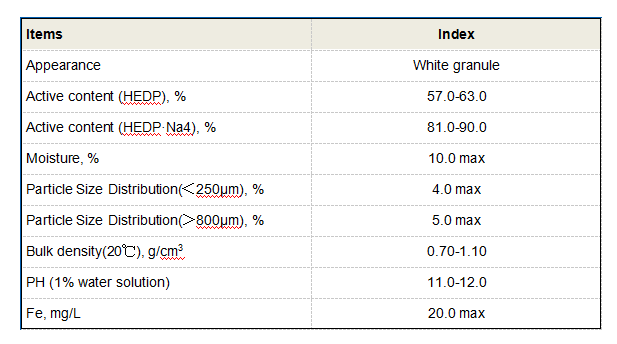chloromethyl isothiazolinone
Chloromethyl isothiazolinone (CMIT) is a synthetic compound widely used as a biocide in various industrial applications. This chemical belongs to a class of compounds known as isothiazolinones, which are known for their antimicrobial properties. CMIT is particularly effective against bacteria, fungi, and algae, making it a valuable addition to preservatives and disinfectants.
One of the most significant uses of CMIT is in water treatment processes, where it acts as a formidable agent against microbial growth. Its efficacy at low concentrations makes it an economical choice for industries that require stringent hygiene standards, such as pharmaceuticals, food processing, and cosmetics. In these industries, contamination can lead to product spoilage, economic loss, and potential health risks, making CMIT an essential component in safeguarding product integrity.
In addition to its role in industrial applications, CMIT is also used in consumer products, including personal care items like shampoos, conditioners, and skin creams. The compound serves to extend the shelf life of these products by preventing the growth of microorganisms. However, the use of CMIT in consumer products has raised concerns over potential skin sensitization and allergic reactions. These concerns have prompted regulatory bodies to impose limits on its concentration in products, ensuring safety while still allowing for its beneficial antimicrobial properties.
chloromethyl isothiazolinone

Environmental considerations are also important when discussing CMIT. As a biocide, its use can lead to environmental toxicity if not managed properly. The release of CMIT into water bodies through industrial effluents can pose a risk to aquatic ecosystems, prompting regulatory agencies to monitor and control its use. Manufacturers are increasingly looking for alternative substances that offer similar antimicrobial benefits without the associated environmental risks, leading to ongoing research and development in this area.
Another point of discussion surrounding CMIT is its classification as a potential sensitizer. Studies have shown that repeated exposure can lead to allergic reactions in some individuals. This has necessitated the implementation of safety measures, such as proper labeling and guidelines for safe handling. Moreover, consumer awareness is growing, leading many manufacturers to reformulate products to reduce or eliminate the use of CMIT in favor of safer alternatives.
In conclusion, chloromethyl isothiazolinone plays a crucial role in various industries as an effective biocide. Its applications in water treatment, cosmetics, and other products highlight its importance in maintaining hygiene and prolonging shelf life. However, the concerns regarding safety, environmental impact, and potential allergic reactions necessitate a careful approach to its use. Ongoing research and regulatory scrutiny will continue to shape the future of CMIT, balancing its benefits against the need for safety and sustainability. As industries evolve, so too will the strategies for managing and mitigating the risks associated with this potent compound.
-
lk-319-special-scale-and-corrosion-inhibitor-for-steel-plants-advanced-solutions-for-industrial-water-systemsNewsAug.22,2025
-
flocculant-water-treatment-essential-chemical-solutions-for-purification-processesNewsAug.22,2025
-
isothiazolinones-versatile-microbial-control-agents-for-industrial-and-consumer-applicationsNewsAug.22,2025
-
scale-inhibitor-key-solutions-for-water-system-scale-preventionNewsAug.22,2025
-
organophosphonates-versatile-scale-inhibitors-for-industrial-water-systemsNewsAug.22,2025
-
scale-and-corrosion-inhibitor-essential-chemical-solutions-for-water-system-maintenanceNewsAug.22,2025





